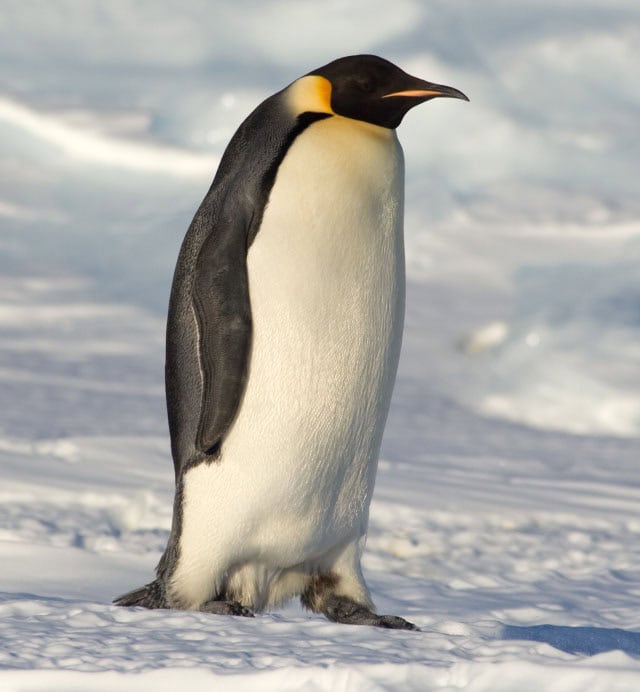Sydney: A giant species of penguins, which had the size of an adult human, inhabited New Zealand between 55 and 60 million years ago, scientific researchers revealed on Wednesday.
A group of researchers from Germany and New Zealand revealed in a study published in the scientific journal Nature Communications that this ancient species measured about 1.65 meters on foot, or about 1.77 meters from its tail to the top of its head, and weighed about 100 kg.
The fossils, which were discovered in 2004 on some rocks near Hampden Beach in South Island of New Zealand, suggested that it was one of the largest penguins in history.
In comparison, the Emperor Penguin, the largest species living now, measures around 1.22 meters and weighs 23 kg.
Alan Tennyson, a scientist from New Zealand who worked with Gerald Mayr, the lead author of the study and a German scientist from the Senckenberg Research Institute and the Natural History Museum of Frankfurt, commented that it was difficult to determine what these ancient penguins would look like in real life.
Tennyson said in a telephone conversation with Efe that “it’s difficult to determine exactly what it would have looked like in life, but it would have been very impressive, as tall as many people, and a very solid, muscly animal built to withstand frequent deep dives to catch its prey.”
Tennyson, also a paleontologist at the Te Papa Museum of New Zealand, added that “the discovery of this incredible creature tells us how the earth changed over time”.
Due to its height, these penguins are named “Kumimanu biceae”, which combines two Maori words – “Kumi”, meaning a monstrous animal, and “Manu”, a bird – while “Bice” is added at the end in honor of Tennyson’s mother Beatriz.
The discovery of Kumimanu biceae shows that many species of flightless birds, like these and other penguins which inhabited the Antarctic and other parts of the southern Hemisphere, were also very tall.
The extinction of their predators such as dinosaurs or marine reptiles allowed these birds to grow in size as they did not have to fly. However, these large-sized penguins finally vanished 20 million years ago.
“Their extinction could have been triggered by the evolution of seals and other toothed marine mammals that ate them or competed for access to food,” Tennyson said.
Although the fossils of the Kumimanu biceae, which comprise parts of its body and legs, were found in 2004, the rocks that housed the ancient remains were stored for several years and only in 2015 was the relevant paleontological work carried out.
Tennyson further explained that fragments of fossils previously found in Antarctica indicated that there could be penguins that measured about 2 meters high such as the Palaeeudyptes klekowskii, but the fossils found of the Kumimanu biceae are more diverse and prove that the proportions were more consistent with the calculated height of 1.65 meters.
“We therefore conclude that K. biceae is among the largest fossil penguins reported so far and may have been exceeded only in size by the above-mentioned fragmentary P. klekowskii specimens from the Eocene of Antarctica,” said the report.
IANS

